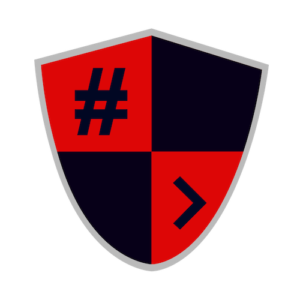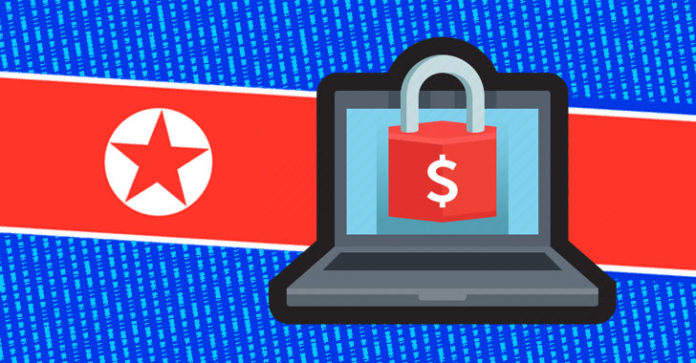Lazarus Group, the infamous hacking bunch with connections toward the North Korean system, has released another multi-stage malware structure with an expect to penetrate corporate elements around the globe, take client databases, and convey ransomware.
Equipped for focusing on Windows, Linux, and macOS working frameworks, the MATA malware structure — purported due to the creators’ reference to the foundation as “MataNet” — accompanies a wide scope of highlights intended to complete an assortment of malevolent exercises on tainted machines.
The MATA crusade is said to have started as right on time as April of 2018, with the victimology followed to anonymous organizations in programming improvement, web based business and network access supplier parts arranged in Poland, Germany, Turkey, Korea, Japan, and India, cybersecurity firm Kaspersky said in its Wednesday investigation.
The report offers an extensive glance at the MATA structure, while likewise expanding on past proof accumulated by scientists from Netlab 360, Jamf, and Malwarebytes in the course of recent months.
Last December, Netlab 360 uncovered a completely utilitarian far off organization Trojan (RAT) called Dacls focusing on the two Windows and Linux stages that mutual key framework with that worked by the Lazarus Group.
At that point in May, Jamf and Malwarebytes revealed a macOS variation of Dacls RAT that was appropriated by means of a trojanized two-factor validation (2FA) application.
North Korean Hackers Ransomware Attack
In the most recent turn of events, the Windows form of MATA comprises of a loader used to stack a scrambled next-stage payload — an orchestrator module (“lsass.exe”) equipped for stacking 15 extra modules simultaneously and executing them in memory.
The modules themselves are include rich, flaunting highlights that permit the malware to control records and framework forms, infuse DLLs, and make a HTTP intermediary server.
MATA modules likewise permit programmers to target Linux-based diskless system gadgets, for example, switches, firewalls or IoT gadgets, and macOS frameworks by taking on the appearance of a 2FA application called TinkaOTP, which depends on an open-source two-factor validation application named MinaOTP.
Once the modules were sent, the programmers at that point attempted to find the undermined organization’s databases and execute a few database inquiries to obtain client subtleties. It’s not promptly clear on the off chance that they were effective in their endeavors. Besides, Kaspersky scientists said MATA was utilized to circulate VHD ransomware to one mysterious casualty.
Kaspersky said it connected MATA to the Lazarus Group dependent on the one of a kind document name design found in the orchestrator (“c_2910.cls” and “k_3872.cls”), which has been recently found in a few variations of the Manuscrypt malware.
North Korean Hackers Ransomware Attack
The state-supported Lazarus Group (likewise called Hidden Cobra or APT38) has been connected to many major digital offensives, including the Sony Pictures hack in 2014, the SWIFT financial hack in 2016, and the WannaCry ransomware contamination in 2017.
Most as of late, the APT added web skimming to their collection, focusing on the U.S. what’s more, European web based business sites to plant JavaScript-based installment skimmers.
The hacking team’s inclination for completing monetarily persuaded assaults drove the U.S. Treasury to authorize the gathering and its two off-shoots, Bluenoroff and Andariel, last September.





![[HINDI] What is DoS attack and DDoS attack?](https://bittentechsolutions.in/wp-content/uploads/2020/04/ddos-218x150.jpg)
![[HINDI] What is juice jacking? Think twice before using public USB ports](https://bittentechsolutions.in/wp-content/uploads/2020/04/juice-jacking-risk-1200x675-1-218x150.jpg)










